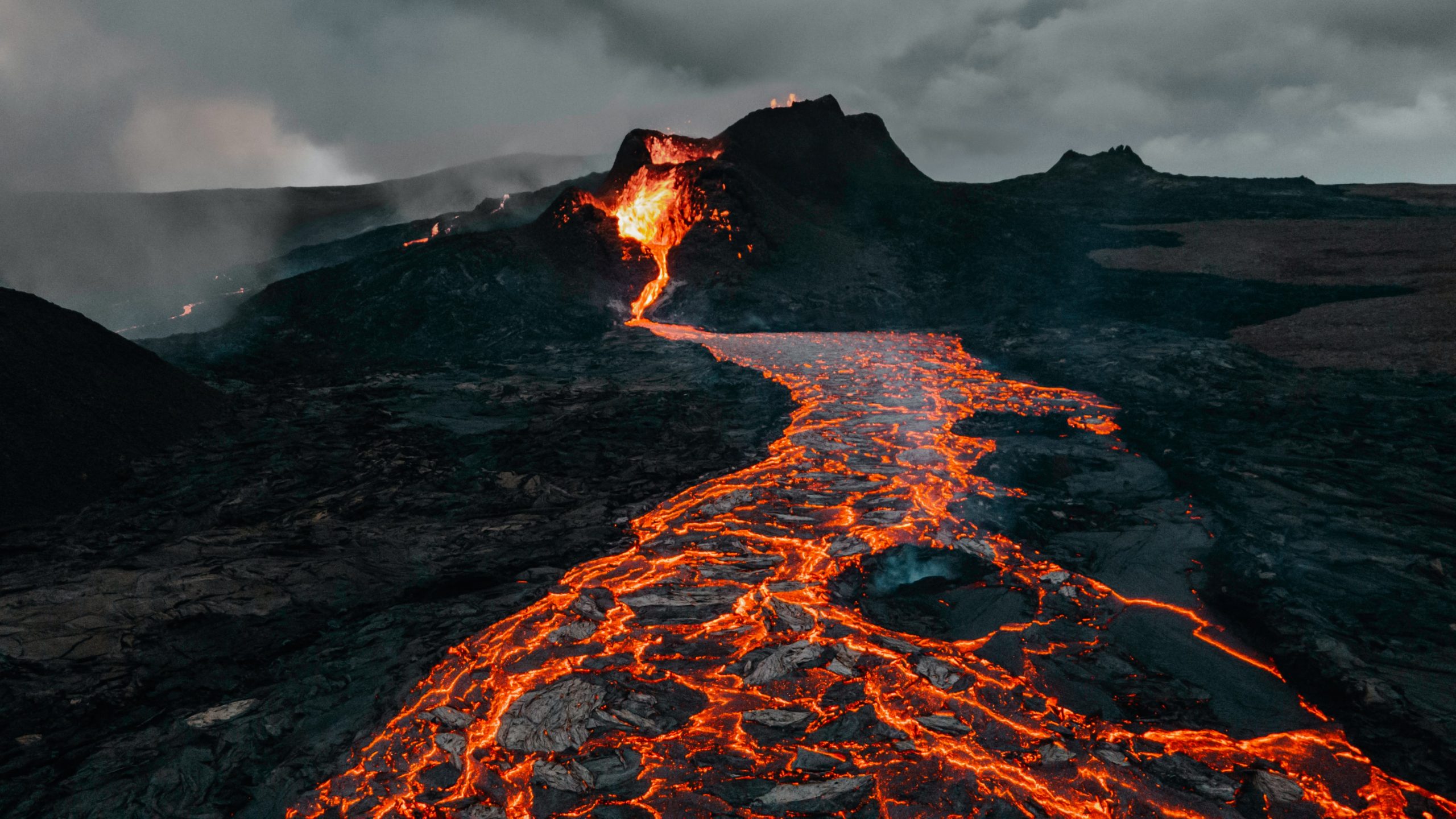Second volcano erupts near DR Congo’s battered Goma city
A second volcano erupted near the eastern DR Congo city of Goma a week after Mount Nyiragongo roared back into life, causing devastation and sparking an exodus.
“Today, the Murara volcano near an uninhabited area of Virunga erupted,” government spokesman Patrick Muyaya said, referring to a wildlife reserve home to a quarter of the world’s population of critically endangered mountain gorillas. Murata is a small volcano considered a Nyamuragira crater, known for vigorous volcanic activity along with Nyiragongo.
It is located about 25 kilometers north of Goma, the capital of the North Kivu province.
Located on the shore of Lake Kivu in the shadow of Nyiragongo, Africa’s most active volcano, the city has lived in fear since it erupted last Saturday. The strato-volcano spewed rivers of lava that claimed nearly three dozen lives and destroyed the homes of some 20,000 people before the eruption stopped. Tens of thousands had fled Goma last Saturday night, but many returned when the outbreak ended the following day.
Scientists have since recorded hundreds of aftershocks.
They warn of a potentially catastrophic scenario – a “limnic eruption” that could smother the area with suffocating carbon dioxide. An AFP journalist said that Goma was quiet on Saturday with slight tremors roughly averaging once every hour, as against once every 10 minutes earlier.
A handful of vehicles were on the semi-deserted streets, and only some small shops were open. Early Friday, a report on an emergency meeting said 80,000 households – around 400,000 inhabitants – had emptied on Thursday following a “preventative” evacuation order.
‘Urgent, global support’
Most people have headed for Sake, around 25 kilometers (15 miles) west of Goma, where tens of thousands of people are gathered, or the Rwandan border in the northeast, while others have fled by boat across Lake Kivu.
Late Friday, Rwandan President Paul Kagame said those fleeing needed “urgent, global support”.
Aid efforts are being organized to provide drinking water, food, and other supplies, and workers are helping to reunite children who became separated from their families. Thousands of Congolese on the road as they are evacuated from the town of Goma in the aftermath of the Mount Nyiragongo volcanic eruption.” src=”https://sl.sbs.com.au/public/image/file/fbe11d3b-d38e-44bb-b312-91781e3c9923″ alt=”Thousands of Congolese on the road as they are evacuated from the town of Goma in the aftermath of the Mount Nyiragongo volcanic eruption.” width=”700″ height=”387″ />
Aid efforts are being organized to provide drinking water, food, and other supplies, and workers are helping to reunite children who became separated from their families.
Nearly 10,000 people are taking refuge in Bukavu on the southern bank of Lake Kivu, according to Governor Theo Ngwabidje, many of them in host families.
Nearly 3,500 meters high, Nyiragongo straddles the East African Rift tectonic divide.
Its last major eruption, in 2002, claimed around 100 lives, and the deadliest outbreak on record killed more than 600 people in 1977. A report on Friday issued after experts carried out a risk assessment at the volcano’s summit said: “Seismicity and ground deformation continues to indicate the presence of magma under the Goma area, with an extension under Lake Kivu”.
People should remain vigilant and listen to news bulletins, as the situation “may change quickly”, it warned.
Volcanologists say the worst-case scenario is an eruption under the lake.
This could release hundreds of thousands of tonnes of carbon dioxide currently dissolved in the water’s depths. The gas would rise to the lake’s surface, forming an invisible cloud that would linger at ground level and displace oxygen, asphyxiating life. In 1986, one of these so-called limnic eruptions killed more than 1,700 people and thousands of cattle at Lake Nyos in western Cameroon.




